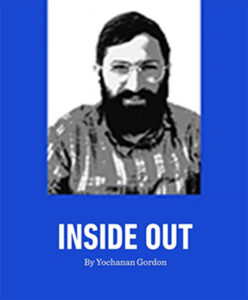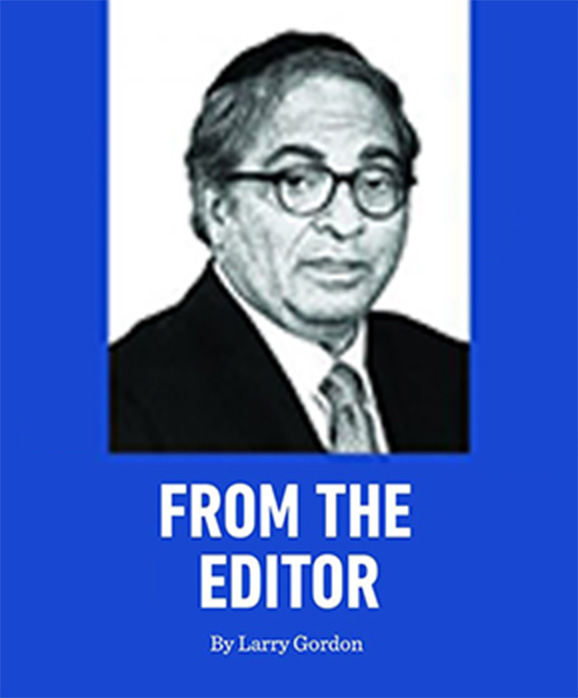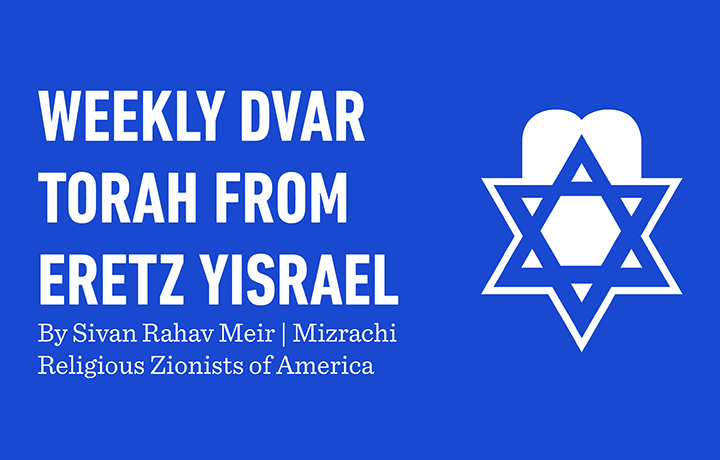Give Me Yavneh And Its Sages
In the second century, the Romans martyred Rabbi Chanina ben Tradyon by wrapping a Torah scroll around his body and burning them together. The Talmud (Avodah Zara 18a) records how, as he was dying, Rabbi Chanina observed that only the parchment scrolls were going up in flames while the letters rose into the air and flew away.
Eighteen centuries later, post-Holocaust, Rav Shlomo Yosef Kahaneman of Ponevezh noted that at times of conflagration our Jewish historic mission is to find the place to lay out a fresh parchment to serve as the next home for those traveling holy letters. Rav Kahaneman, whose family, yeshiva, and community went up in the flames of the Shoah, made it his own life’s mission to rebuild in Israel the Torah institutions that the Nazis had sent up in flames.
The Three Weeks begin with the 17th of Tammuz, the anniversary of the smashing of the luchot, the tablets upon which Hashem inscribed the Ten Commandments, as well as the burning of a Torah scroll by Apostomus (Taanis 26b). While the latter represented an attack on the Jews and our faith, the former was a self-inflicted wound committed by Moshe himself, the ultimate trustee of the Torah, who saw us create and worship the Golden Calf and concluded that the luchot were essentially already broken as their words were clearly not meaningful to us.
The tablets broke when their words were treated as irrelevant.
In the same vein, on Tishah B’Av we read the lament Shaali Srufa b’Eish that elegizes the burning of the Talmud in Paris in 1242. The author of that poem, Maharam of Rothenburg, included the following:
I will shed enough tears for a river to reach the graves of your two noble princes, Moshe and Aaron on Mount Hor, and will ask them, “Has a new Torah been given? Is that why the old scrolls were burned?”
While we might focus on the horrific image of parchment burning, the deeper pain is for the loss of its letters. While Rabbi Chanina ben Tradyon comforted himself knowing that his steadfast commitment to his faith ensured that those sacred letters would find their way elsewhere, we are living at a time where the letters and words of the Torah are struggling with homelessness as its sacred values of faith and morality have become more and more alien and irrelevant to society. Has a new Torah been given that the old one goes up in flames?
Parashat Massei records the travels of the Jewish people through the desert. Those travels have continued throughout our history, and our staying power has derived from the holy ark of the Torah that traveled at the center of our people, vayehi b’nso’ah ha’aron. The Talmud (Rosh Hashanah 31a) richly notes that the Torah records how G-d’s presence journeyed from location to location ten times as the Jews went into exile and—corresponding to that original divine journey—during the destruction of the Mikdash, the Sanhedrin (the center of Torah teaching of our people) would similarly relocate ten times. That was the message that Rav Yochanan ben Zakkai conveyed when he requested of Vespasian that even as he destroyed Jerusalem, he should grant salvation to Yavneh—the new home of the Sanhedrin—and its sages (Gittin 56b). Yavneh was not our ultimate home, but it was where the new parchment was laid out to catch and preserve the holy words and messages of the Torah. Yavneh was where our commitment to the eternal preservation of Torah was most clearly manifest.
While we cry over the burning of the parchment by others, we must be even more keenly aware of our own ongoing responsibility to preserve its values and obligations as no new Torah will ever be given to replace the “tree of life for all who uphold it.” n
Rabbi Moshe Hauer is executive vice president of the Orthodox Union (OU), the nation’s largest Orthodox Jewish umbrella organization.













